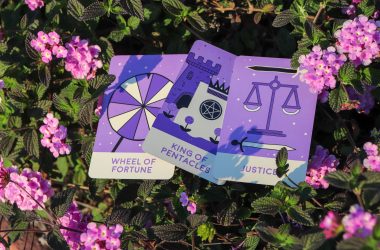According to ABC7, California experienced one of its wettest winters in the month of February alone, seeing enough rain to fill approximately 27 Olympic sized swimming pools. We enjoyed the cold weather and took countless Instagram pictures, but we barely conserved any of it.
The amount of rainwater received in the span of a month almost got us out of our lasting drought. Despite this, Californians did nothing to save rainwater, heightening the risk of the state experiencing a recurring drought.
The last drought in California that lasted from 2011 to 2017 led me to hate the water regulations that required you to water your lawns and or gardens at a specific time, although I still support the idea of not washing your car regularly.
The drought even dried up many natural water sources, such as the Black Star Canyon Falls in Orange County. What a let down.
Students can combat water waste by lessening their time in the shower or turning off the sink when brushing their teeth or washing their hands. Taking the initiative to conserve rainwater in buckets to water your plants and your front yard is also a step in the right direction; these changes may seem minimal, but they cumulatively help in the long run.
Currently, California is in the midst of intense rain spells due to an El Niño year, which is caused by warm waters flowing into the cold Pacific ocean. El Nino typically foreshadows heavier rains, so the amount of rain California has received isn’t surprising.
The heavy rain nearly drowned Long Beach State’s campus, flooding the halls and causing the campus escalators to malfunction on multiple occasions, Senior Communications Manager James Ahumada said during a classroom Associated Student Incorporated presentation.
While these efforts are appreciated, Associated Student Inc. should do more when we as a campus are still wasting rainwater. One idea is investing in campus wide rain barrel collection systems or rain catching systems that can combat the amount of water that is wasted on this campus.
In 2017 it was reported that LBSU used approximately 200 million gallons of water a year. As a result, the Water Action Plan, which allowed the university to switch campus plants to drought tolerant ones and initiated waterless or low flow toilets, was implemented.
While LBSU has dabbled with some water conservation initiatives, the state has also been working hard to combat the problem. However, this is a small start; there is still a long way to go until we achieve anything.
In 2012, Assembly bill-1750, the Rainwater Capture Act of 2012, was passed, allowing for the commercial, residential and governmental rain water conservation by using barrel and capture systems. Unfortunately, this has not nearly been enough to save the 18 trillion gallons of water we actually lost so far this year alone.
Gov. Jerry Brown attempted to combat water waste by approving Assembly bill 1668 and Senate bill 606 in May 2018. AB 1668 requires the state to decrease urban water usage by 20 percent by the year 2020 and SB 606 further defines and provides standards to assist in decreasing urban water usage in the state.
None of this legislation is expected to become effective until at least 2020, which does no good when we need something to happen now.
In order for the state to be progressive and prevent future environmental impacts, we all need to start saving water and conserving our rain water instead of just letting it flow down the drain and into the ocean.



